编者按
2020年起,为促进中华优秀传统文化的国内传播与国际化译述,上海外国语大学英语学院打造大型实践活动“记忆的味道”,追寻五湖四海的记忆,讲述文化背后的故事。上外英院传统文化志愿服务队于每年寒暑假分赴祖国七大方言区,聚焦非遗及传统文化进行实践与探索。活动围绕家乡年俗、红色文化、手工游艺、音乐舞蹈、二十四节气、非遗文化、非遗美食等中华优秀传统文化进行实践,取得丰硕成果,曾获得“挑战杯”“互联网+”“致远计划”社会实践大赛等国家级、市级、校级奖项。本季“记忆的味道”聚焦传统建筑,将推出双语视频、双语推送讲述建筑艺术中的非遗文化,感悟非遗传承背后的动人故事,推动中华优秀传统文化的国内外传播。
客家方言区
客家是唯一一个不以地域命名的民系,客家先民自东晋南北朝起,不断迁徙,目前主要聚居于福建省西北部、江西省南部和广东省东北部。(Hakka is the only ethnic group that is not named after a specific region. Since the Dong (Eastern) Jin (317–420) and later dynasties in the south (420–589), the Hakka ancestors have been constantly migrating, and are now mainly living in the northwest of Fujian Province, the south of Jiangxi Province, and the northeast of Guangdong Province.)这些地方在文化、民俗、语言上相近,成为中国客家文化区的重要组成部分。客家围屋是客家民居中经典的建筑形式之一,它融合了中原古朴遗风和南方地域特色,被誉为“东方的古罗马城堡”。(Hakka WeiWu (round house) is one of the classic architectural forms in Hakka dwellings. It integrates the quaint style of the Central Plains and the regional characteristics of the South, earning the name “the ancient Roman castle of the Orient.”)
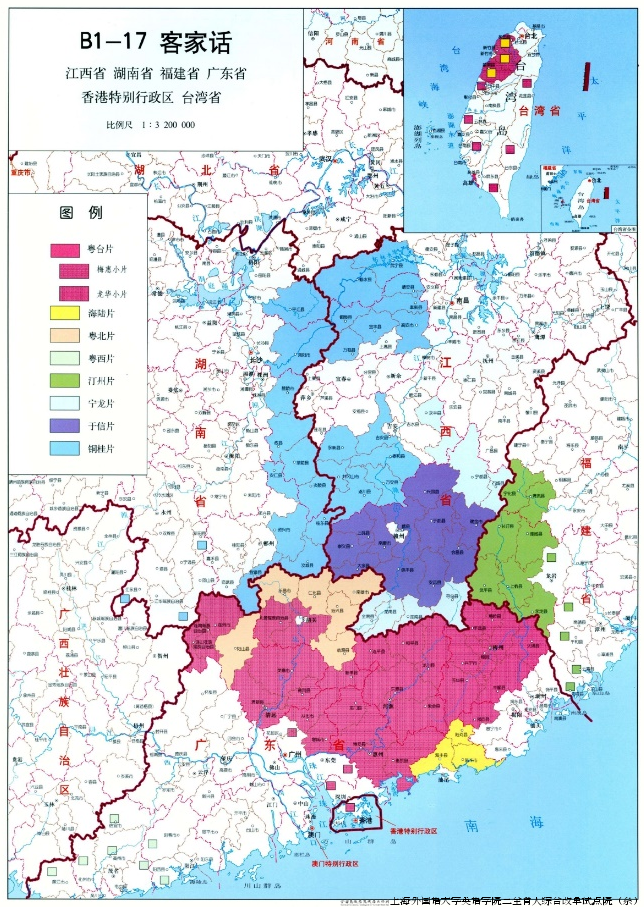
客家方言区分布图
摘自《中国语言地图集第2版汉语方言卷》
本期“记忆的味道”将带领大家聚焦深圳地区的客家围屋,领略巍巍围屋文化。
种类繁多的“东方城堡”
集家、祠、堡于一体的客家围屋是中国传统建筑形式之一,也是客家文化的重要载体和象征。(Integrating residences, temples and forts, the Hakka WeiWu is one of the traditional Chinese architectural forms, and also a vital embodiment and symbol of Hakka culture.)它们通常由外围围合部分和内部核心部分组成,包含祠堂、堂间、横屋、炮楼等重要元素。(They include ancestral temple, central room, horizontal house, blockhouse, and other important elements.) 这些“东方城堡”在迁徙中形成各异的形态,主要包括围楼、围寨、围龙屋等类型,以及方形、半圆形和圆形三种形式。(During the migration, they took a variety of forms, including the round house, the walled stockade, and the Hakka walled village, exhibiting shapes that are square, semi-circular, and circular.)
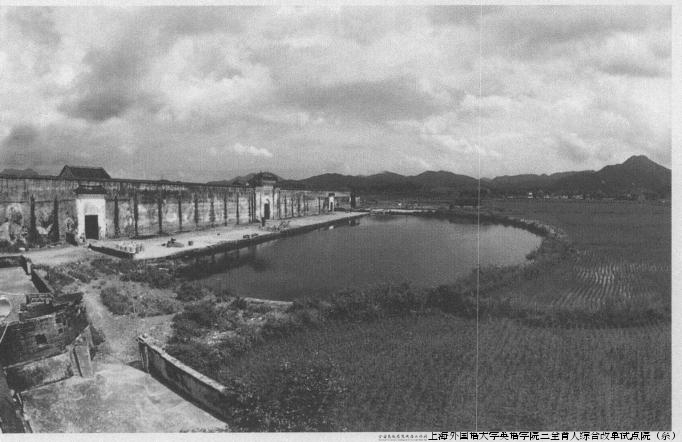
围中有围,
坪山曾氏建于清乾隆五十六年的“大万世居”前景
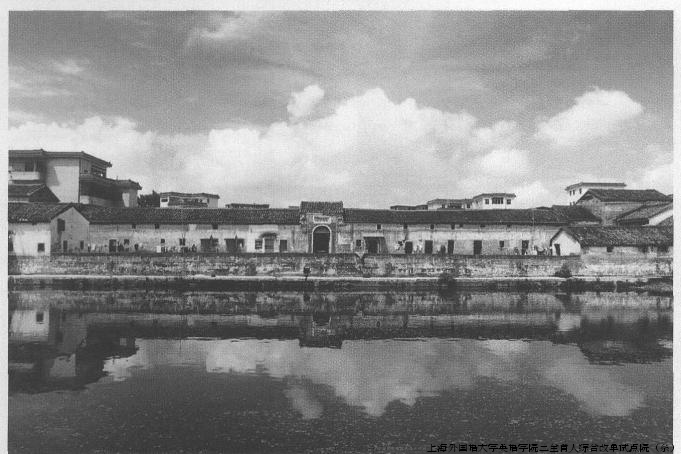
坑梓黄氏建于清乾隆十八年的“新乔世居”正面景象
岁月变迁中的建筑非遗
客家围屋的起源,可追溯至唐宋年代。(The origin of Hakka WeiWu can be traced back to the Tang and Song dynasties.)由于连绵的战乱,中原的汉人们纷纷南迁。为了抵御外敌和猛兽的侵袭,他们开始采用围合式居住(walled residence)的方式。最初的客家围屋形式较为简朴,主要由土墙或木栅栏围合而成。(The early Hakka WeiWu was simply made of earth walls or wooden fences.)明清时期,客家围屋进入鼎盛发展期,布局逐渐演变成多进多院式的格局(The layout gradually evolved into a multi-row and multi-courtyard pattern),不同地区客家围楼的差异分化也在这个时期慢慢凸显。清代后期至民国时期,部分客家围屋进行了扩建和改造,以满足人口增长的需求。
2014年,客家围屋营造技艺被列入国家级非物质文化遗产名录。(In 2014, the Hakka WeiWu construction craft was listed in the representative list of state-level intangible cultural heritage.)作为建筑的代表,客家围屋不仅反映了历史演变,还传承了丰富的文化内涵。通过对这项传统技艺的继承,增进了客家人的文化认同,同时也为建筑、工艺、设计等领域提供了独特的参考和启示。(The cultural identification of the Hakkas has been enhanced, and it has also provided unique references and inspiration in fields such as architecture, craft, and design.)
客家建筑的活化石
——鹤湖新居
位于深圳龙岗区的鹤湖新居,是我国现存规模最大的客家民居建筑群,具有极高的历史和文化价值。(Situated in Longgang District, Shenzhen, Hehu New Residence is the largest existing Hakka residential complex in China, with high historical and cultural value.)它始建于清代乾隆年间,历时三代人,才成为现在的“客家第一围”(“the Largest Hakka WeiWu”)。
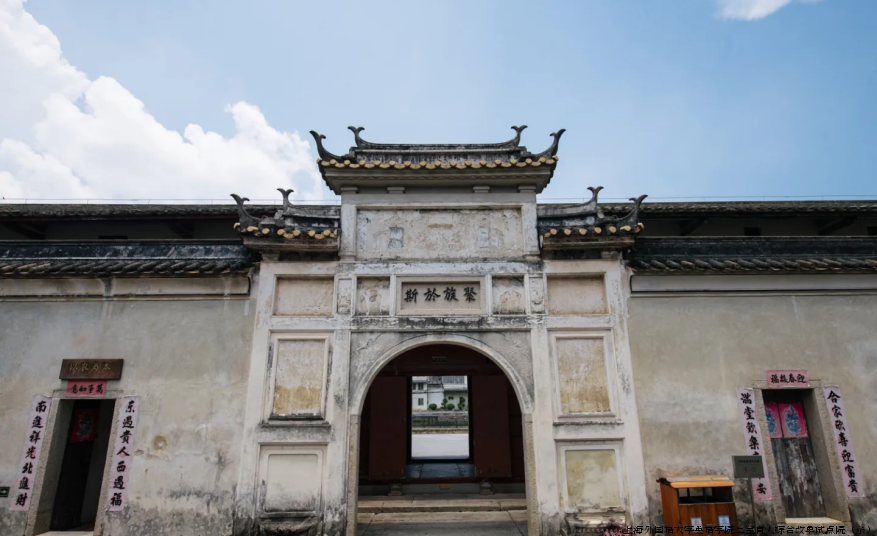
鹤湖新居采用四边形结构,前宽后窄,内外两围套合,是一座“三堂、二横、二围、八碉楼、二望楼”的典型客家建筑。(Hehu New Residence adopts a quadrilateral structure that widens at the front and narrows towards the back, with both an inner wall and an outer wall. It stands as a typical Hakka architecture featuring “three central structures, two horizontal houses, two walls, eight guard towers, and two watchtowers.”)整个建筑墙体厚实,设有枪眼,大门设大炮,具有防御功能。鹤湖新居前宽165.9米,后宽111.6米,围墙高约6米,参天古榕映衬下显得古朴高大又充满生机。
1997年后,鹤湖新居被改造成客家民俗博物馆(Hakka Folk Customs Museum)。这些客家建筑艺术的宝贵财富主要作为旅游景点和文化遗产得到保护和利用,在时间长河中留下客家建筑艺术浓墨重彩的一笔。
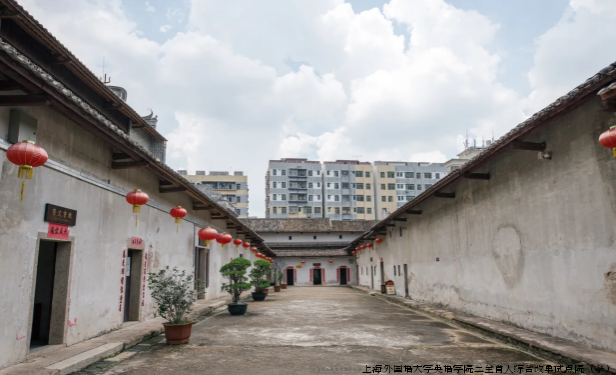
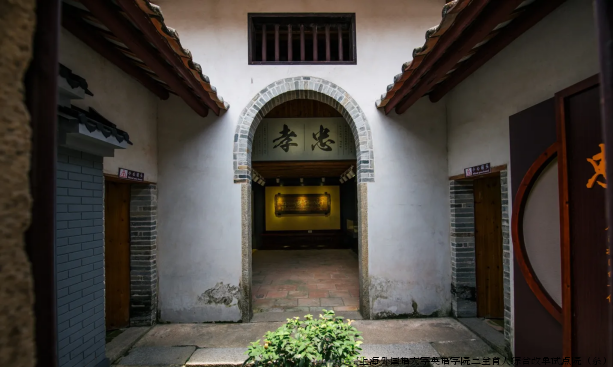
深圳的鹤湖新居
客家围屋如同凝固的历史,见证了客家人的智慧和坚守。这些珍贵的文化遗产在未来的岁月里将得到更好的保护和传承,让世人欣赏其独特建筑艺术的同时,感受到深沉的历史底蕴和文化魅力。
参考文献:
[1]杨群.深圳客家围屋保护与开发对策探析[J].深圳职业技术学院学报,2013,12(04):51-54.
[2]彭全民.深圳客家民居建筑特色[J].小城镇建设,2001,(09):73-75.
[3]客家围屋·中华客家文化特色居民建筑
https://baike.baidu.com/item/%E5%AE%A2%E5%AE%B6%E5%9B%B4%E5%B1%8B/30022
[4]深圳客家围屋·深圳市古建筑群
https://baike.baidu.com/item/%E6%B7%B1%E5%9C%B3%E5%AE%A2%E5%AE%B6%E5%9B%B4%E5%B1%8B/55624905
[5]南方日报:走进深圳现存最大客家围屋之一 寻觅客家记忆
https://www.chinaqw.com/qx/2019/05-23/223331.shtml
译文参考文献:
[1]“Ancient Roman Castles of the Orient” - Enclosed houses
http://www.china.org.cn/travel/2013-09/06/content_29948180.htm
[2] 世界围屋之都——龙南欢迎您!(中英双语)
https://mp.weixin.qq.com/s?__biz=MzIwNDEyNDc5MA==&mid=2649391769&idx=1&sn=dcf628230dea75fefd1165074229de36&chksm=8edac580b9ad4c964737492db77199aecf0072025f58796b51435503871bae9dc4e68aa02094&scene=27
我要评论 (网友评论仅供其表达个人看法,并不表明本站同意其观点或证实其描述)
全部评论 ( 条)